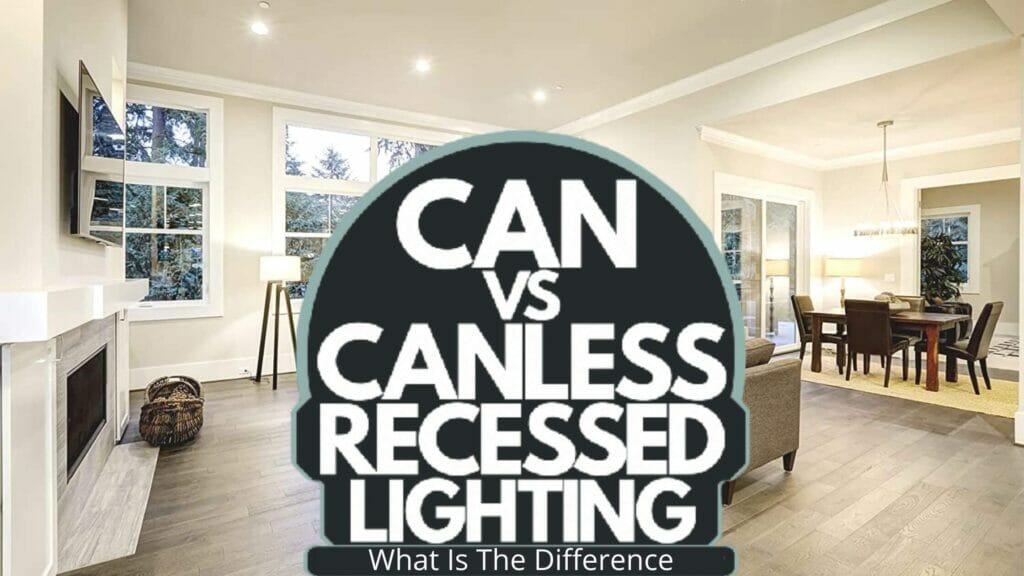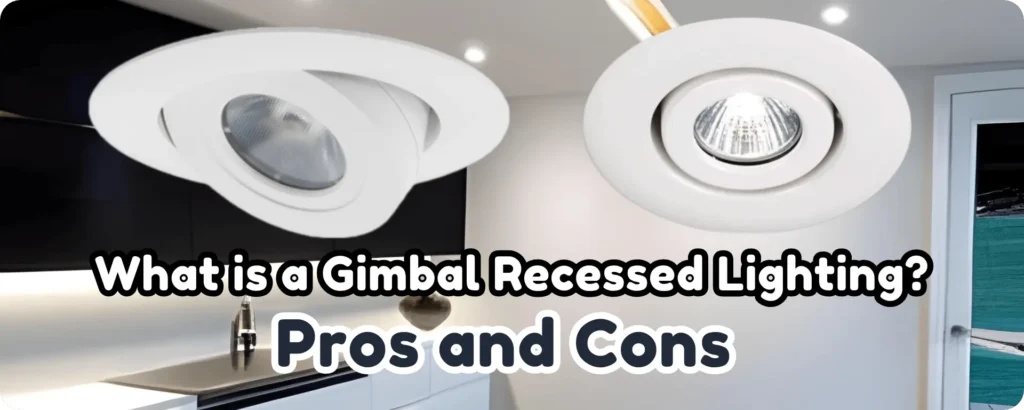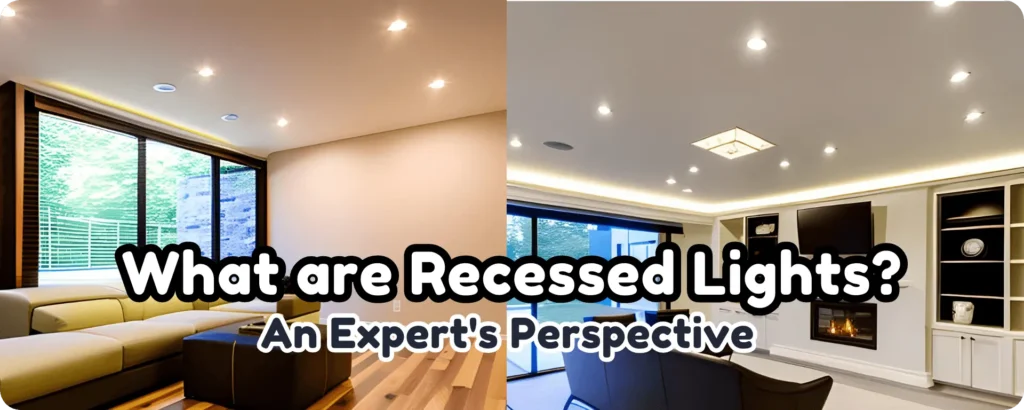

Consumers sometimes find it difficult to understand what color temperature is all about in the field of lighting. You might be confused whether a light source referred to as 3500K is warm or cool. Therefore, we will uncover this mystery and look at 3500K lighting without using complicated technical terms.
What is Color Temperature?
Color temperature refers to the look of light produced by a source, measured in Kelvin (K). It doesn’t refer to the physical temperature of the light but rather its visual attributes. Lower values on the Kelvin scale represent warmer and yellower light, while higher values indicate cooler blueish light.
The Warm vs. Cool Spectrum
Before we answer whether 3500K is warm or cool, let us first consider the entire spectrum. There are different characteristics at different points along this scale which usually ranges from around 1000K to 10000K:
- Warm Light (Under 3000K): This type of light gives off an inviting and cozy feeling, much like you would get from a candlelight or an incandescent lamp; it often finds applications in areas where comfort and relaxation are required.
- Neutral Light (3500K – 4000K): Neutral lighting sits between warm tones and cool ones; it can be used anywhere for general illumination purposes because it has flexibility.
- Cool Light (Above 4000K): Cooler lights appear vibrant and sharp like natural daylighting; they are commonly used where clarity and focus are paramount.
3500K Lighting: The Neutral Ground
Now that we have familiarized ourselves with the full range between warm and cool, we can address whether or not 3500 K lighting falls into either category. When it comes down to the numbers, we land on “neutral light” which means that our choice of artificial lights lies somewhere within the halfway range between the intensity of hotness and coldness.
Where to Use 3500K Lighting?
Because it can be used in a variety of different spaces, 3500 K lighting is a primary choice. In this article, we explore a few instances where 3500K light may be especially beneficial:
- Task Lighting: In places where you need to stay focused on your work and perform tasks such as home offices or kitchens, 3500K lighting may provide enough brightness without feeling too bright.
- Retail Settings: For example, clothing stores or supermarkets choose 3500K lights to get good visibility of the product without having any color distortion.
- Hospitals and Clinics: It is important to use neutral balanced light sources like 3500K in healthcare for accurate assessment and patient comfort.
- Classrooms: The learning environment created by schools and other educational institutions often involves using 3500K light which doesn’t make it appear too cold or too hot.
The Impact on Color Rendering
One influential aspect when it comes to light color temperature selection is its effect on color rendering. Color rendering refers to how naturally and brightly colors are perceived under a specific light source. Although 3500 K lighting is neutral, it can affect the way colors appear.
Advantages of 3500K Lighting
- Natural Skin Tones: That’s why restaurants and homes employ this type of illumination that makes people’s skin look more real.
- Balanced Aesthetics: This level of artificial illumination has neither warm nor cool dominance; hence both types of colors can be softened instead of combative in room interiors.
- Versatility: Its middle ground among all warm-to-cool hues allows users not to worry about its application-limiting feature because it fits unobtrusively everywhere at once.
Considerations when Using 3500K Lighting
While 3500K lighting offers a balance between warm and cool, there are Some things to bear in mind:
- Personal Preferences: Lighting is subjective and personal tastes may differ. Some may find 3500K lighting as too middle ground, while others welcome its adaptability.
- Decor and Ambiance: The kind of light you pick should match your decor and the mood you want to create. A 3500K light source can work well with many interior styles.
- Task Specificity: If you have specific lighting needs such as a cozy reading nook or a clinical workspace, then you might choose warmer or cooler ones respectively.
Making an Informed Choice
By understanding color temperature science and how it affects your surroundings, you will be able to make a decision that best fits your unique requirements. Whether it’s 3500K or any other Kelvin value, aesthetic appeal mixed with functionality and personal convenience remains paramount in designing an effective lighting system for one’s living quarters.
Conclusion:
Whether 3500K lighting is warm or cool is relative. It lies between the comfortable warmth of incandescent lights and the sharpness of daylight. When selecting lighting for your area consider your particular requirements, the mood you want to establish, as well as how illumination enhances your space.






